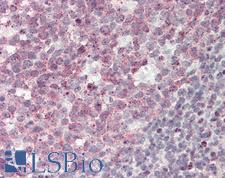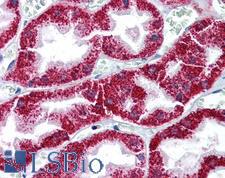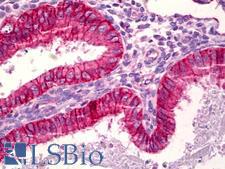Login
Registration enables users to use special features of this website, such as past
order histories, retained contact details for faster checkout, review submissions, and special promotions.
order histories, retained contact details for faster checkout, review submissions, and special promotions.
Forgot password?
Registration enables users to use special features of this website, such as past
order histories, retained contact details for faster checkout, review submissions, and special promotions.
order histories, retained contact details for faster checkout, review submissions, and special promotions.
Quick Order
Products
Antibodies
ELISA and Assay Kits
Research Areas
Infectious Disease
Resources
Purchasing
Reference Material
Contact Us
Location
Corporate Headquarters
Vector Laboratories, Inc.
6737 Mowry Ave
Newark, CA 94560
United States
Telephone Numbers
Customer Service: (800) 227-6666 / (650) 697-3600
Contact Us
Additional Contact Details
Login
Registration enables users to use special features of this website, such as past
order histories, retained contact details for faster checkout, review submissions, and special promotions.
order histories, retained contact details for faster checkout, review submissions, and special promotions.
Forgot password?
Registration enables users to use special features of this website, such as past
order histories, retained contact details for faster checkout, review submissions, and special promotions.
order histories, retained contact details for faster checkout, review submissions, and special promotions.
Quick Order
PathPlusTM BAX Antibodies
BAX (bcl-2-like protein 4, BCL2 associated X protein) is a pro-apoptotic cytosolic protein of the Bcl-2 family that is regulated by TP53 and functions in TP53-mediated apoptosis. It changes conformation and translocates to the mitochondria following apoptotic stimuli. It is thought to share significant functional homology with Bak, another pro-apoptotic Bcl-2 family member. Disruption of BAX or Bak has little effect on cell death, but mice lacking both genes display multiple developmental defects and cells lacking both show decreased apoptotic capability. In glioma, low expression of BAX is indicative of poor prognosis. In Alzheimer’s disease, BAX is upregulated by amyloid beta peptide in neurons in the afflicted brain and is thought to contribute to neuronal cell death. Furthermore, inhibiting BAX has been found to prevent neuronal cell death induced by oligomeric amyloid beta-peptide in Alzheimer’s disease, and may be a potential therapy for the disease. In immunohistochemistry of normal tissue, BAX has moderate to high cytoplasmic positivity in most tissues throughout the body.
References: J Neuropathol Exp Neurol. 1997 Jan;56(1):86-93, PMID: 8990132; J Neurosci. 1996 Dec 1;16(23):7533-9, PMID: 8922409; Cell Death Dis. 2012 May 17;3:e309, PMID: 22592316; J Neurooncol. 2019 Jan;141(1):71-81, PMID: 30446901
3 PathPlusTM Antibodies



☰ Filters
Products
Antibodies
(3)
Type
Primary
(3)
Target
BAX
(3)
Reactivity
Human
(3)
Mouse
(3)
Rat
(2)
Monkey
(1)
Application
IHC
(3)
IHC-P
(3)
WB
(2)
Flo
(1)
IF
(1)
IP
(1)
Peptide-ELISA
(1)
Host
rabbit
(2)
mouse
(1)
Product Group
PathPlus Neuro
(3)
Isotype
IgG
(1)
IgG1
(1)
Clonality
monoclonal mc
(1)
polyclonal pc
(2)
Clone
6A7
(1)
Format
Unconjugated
(3)
Epitope
aa1-50
(1)
aa41-76
(1)
Publications
No
(3)

Neuroscience
BAX Rabbit anti-Human Polyclonal (aa41-76) Antibody
Mouse, Human
Flo, IHC, IHC-P, WB
Unconjugated
200 µl/$375

Neuroscience
BAX Mouse anti-Human Monoclonal (6A7) Antibody
Mouse, Rat, Human, Monkey
IHC, IHC-P, IP
Unconjugated
50 µg/$375

Neuroscience
BAX Rabbit anti-Human Polyclonal (aa1-50) Antibody
Mouse, Rat, Human
IF, IHC, IHC-P, Peptide-ELISA, WB
Unconjugated
50 µl/$375
Viewing 1-3
of 3
product results











